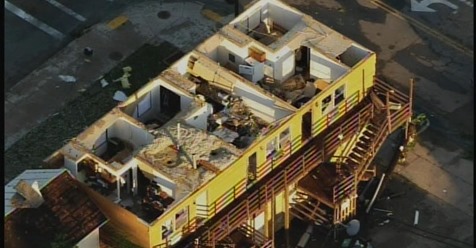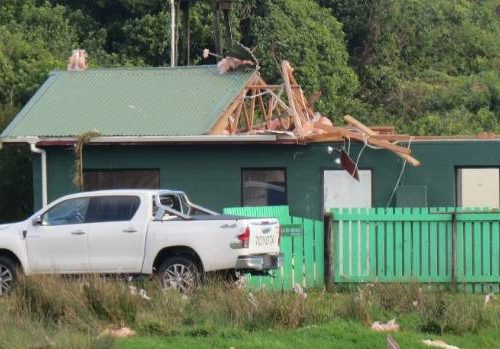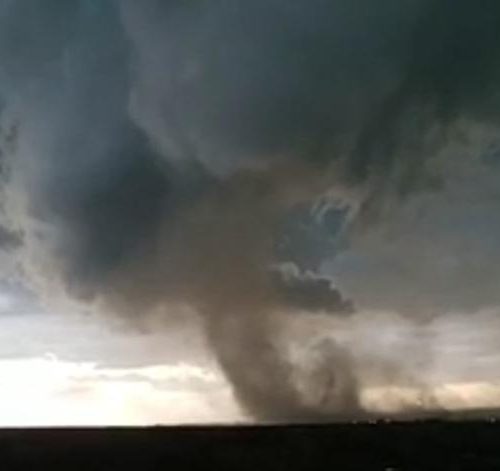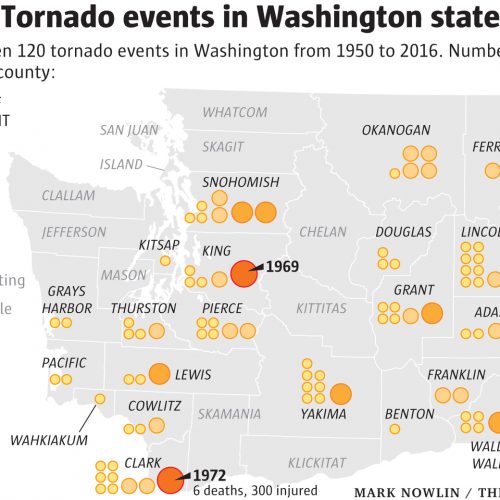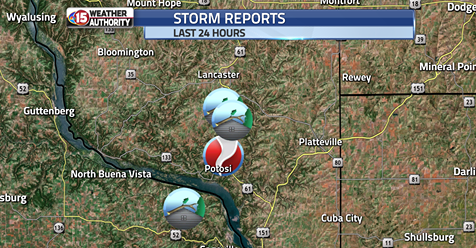LA CROSSE, Wis. (WKBT) – Ten years ago, 11 tornadoes tore through Wisconsin, and six touched down in the La Crosse area. One came right through La Crosse, ripping roofs off buildings and uprooting countless trees. La Crosse is not a normal landing spot for Mother Nature’s remarkable power.
“Kinda knew we were gonna be busy with severe weather,” said Todd Shea, a meteorologist for the National Weather Service in La Crosse.
Ingredients for a mysterious weather phenomenon that leaves experts dumbfounded even today took western Wisconsin by storm.
“The 500- to 600-foot bluffs on either side of the river, that helps a little bit,” said Bill Graul, chief meteorologist for News 8 Now First Alert Weather. “That will definitely weaken some tornadoes.”
Graul can count the number of significant tornadoes he’s covered in his 23 years forecasting storms. He had an intimate encounter with a twister he remembers with clarity today.
“We’re coming back from Milwaukee. We had seen a Brewers game the night before,” Graul said. “My son was actually the first to see it. He kinda pointed off to the right and said, ‘Dad that kinda looks like a tornado over there.’ So I kinda looked and sure enough, it sure is.”
Six tornadoes touched down starting in Chester, Iowa, all the way to the border of Monroe and Juneau counties. An EF-2 tornado muscled its way through the heart of La Crosse with winds peaking at 120 miles per hour.
“That one thunderstorm produced five tornadoes,” Shea said.
Viewers captured Sparta’s tornado the most. Bill and son stood just 200 yards away. The myth that tornadoes can’t touch the region where there three rivers meet burst that day, Shea said.
“May 22, 2011, proved that it can happen,” Shea said.
The La Crosse tornado tracked right past Gundersen Health System all the way to Kmart, where damage was obvious.
“No location is immune to the possibility of a tornado,” Graul said.
Fortunately, these twisters injured no one. Across several southern states that same day, it was a different story.
“They lost over 250 lives,” Shea said.
One of the deadliest tornadoes in U.S. history struck Joplin, Mo., the same day, killing 158 and injuring over 1,000. In total, 1,691 tornadoes claimed 553 lives, making it the deadliest tornado year since 1936. The year 2011 prompted an important question for forecasters.
“Why are we losing so many lives? We did change the format of our warnings; we’ve added more details,” Shea said. “We actually try to predict the size of the tornado if you will, or the expected impact.”
News weather teams and the National Weather Service worked to shave minutes off the clock to broadcast critical information to people.
“It’s one of the reasons I do what I do and probably the most important part of my job,” Graul said.
Collaboration between forecasters and people on the ground helps improve tornado lead times.
“We’re also working with local officials and storm spotters to try to get those real-time reports that we can pair up with the radar so that warnings are as timely and as accurate as possible,” Shea said.
Reports from people reveal what forecasters can’t see even with the best radar.
“The ground confirmation is really, really important,” Graul said.
Days like May 22, 2011, stress the importance of severe weather awareness.
“That’s why we always preach that you need to have a plan,” Graul said.
Because even though another tornado isn’t likely, it’s also not impossible.
“It can happen,” Shea said.
Warning sirens should not surprise you.
“Then that’s when you take action in a short amount of time. You need to be prepared to keep you and your property safe,” Graul said.
That was the first tornado to hit La Crosse since 1966, and it was one of the strongest ever in the area, according to the National Weather Service.
by Jordan Fremstad (2021, May 24) WKBT

